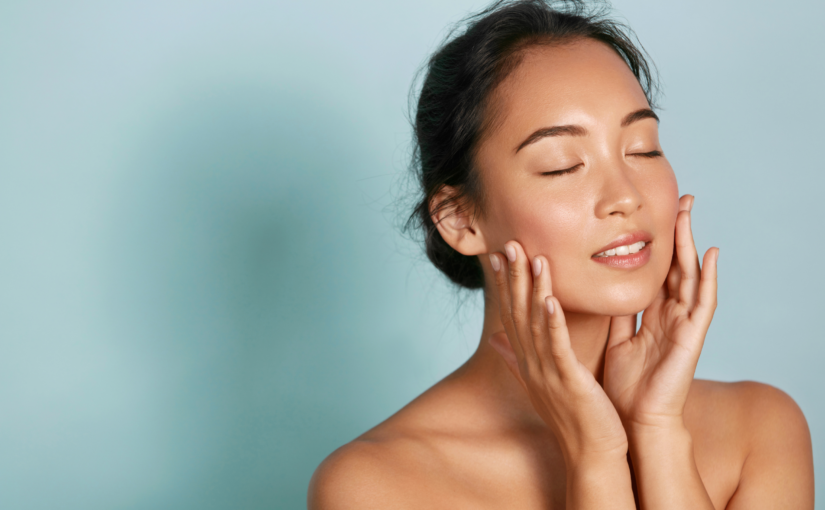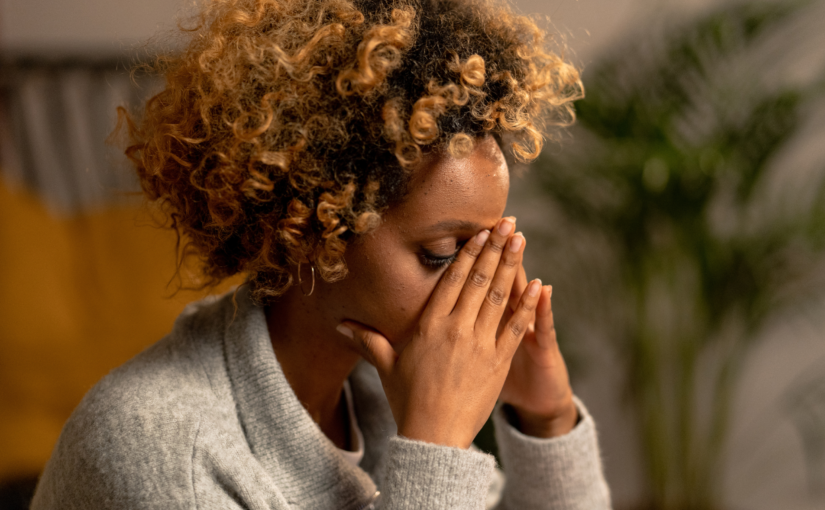Frequently Asked Questions…
So we are in self Isolation due to Covid-19 and I thought I’d asked on my Instagram Stories for any questions relating to skin and skincare. If clients can’t come to me then I can still help virtually. Here are some of the questions I got asked:
- My skin feels really tight once I have cleansed, why is this?
This is a sign that your skin may be suffering from dehydration. I would normally have a look at the cleanser you are using, as this can be the culprit. Many cleansers can be too harsh for the skin and disrupt the delicate barrier function and acid mantle so resulting in the skin becoming compromised. Once the barrier function is compromised we get something called Trans Epidermal Water Loss, where we lose the natural moisture levels within our skin as they escape through the compromised barrier.
If our skin is dehydrated this has a knock-on effect to all the skins functioning. All cellular functions within the skin need moisture to happen, so if we are lacking then our skin is not functioning to the best of its ability. This can eventually result in issues such as sensitivity, reactive, inflammation, problematic skin and premature ageing.
To remedy this see a skincare professional that can advise on how you can restore your barrier function and hydration levels.
2. I have always thought I am an oily skin type but I get flakey patches too, does this mean I’m dry?
It is really important to know your real skin type to be able to treat and use products correctly, so a skin care professional can help with this. However, if you are an oily skin type but are getting dry, flakey patches on the skin this again can be a result of dehydration. Our skins natural desquamation process (shedding) needs moisture to happen. If our skin is lacking in moisture the chemical reaction that takes place when those top layers of the Stratum Corneum (top layer of the epidermis)are ready to shed will not be able to effectively break those bonds between the skin cells allowing them to come off. A result of this would be old tired skin cells still hanging on to the surface of the stratum corneum causing flakey patches and a dull appearance to the skin.
3. I have always had problematic skin (acne), I have tried everything, will my skin ever get any better?
The majority of acne is caused by hormones, it can usually be managed and improved but it may never completely go. I see many clients with this problem and there are usually underlying issues. A common one is stress, this can increase the level of hormones that are connected to our sebaceous activity. I recently wrote a blog on psychology and the skin which talks about this issue click here to read.
What I do see with clients that have problematic skin is their skincare regime is usually all wrong for their skin type which is exacerbating the acne condition, so once we get them on the right products they start seeing improvements pretty quickly.
4. I get little bumps/spots under my skin what can I do for these?
Without analysing the skin it’s a difficult one but it does sound like the skin is crying out for a little exfoliation. Sometimes when our skin doesn’t desquamate itself very well it needs a little help. There may be a blockage of skin cells within the pores that are causing this bumpy rough texture. Feeding our skin with extra hydrating products also will help keep the skin working and functioning well, including that natural shedding process that has probably become sluggish.
5. Should I exfoliate my skin at home, if so what should I use?
This is a great question at a time when I am seeing so many skins over exfoliated. The frequency that you should exfoliate is individual to your skin type and condition, but there are not many clients that I tell to exfoliate daily, however, I see this happening a lot.
The best types of exfoliators are AHA or BHA exfoliators, my favourite being Lactic Acid or Salicylic for more oily skin types. The way these acids work is by mimicking the chemical reaction that happens in our skin to desquamate our skin cells, this encourages that process and gently removes those old skin cells to reveal younger fresher cells of the Stratum Corneum.
If you are a lipid dry skin then I would recommend Enzyme exfoliators. Unlike AHA’s these do not break those bonds to release the cells, instead, they act like a Pac Man across the skin’s surface munching on any excess skin cells that are past their desquamation date. Lipid dry skins have a tendency to have a compromised barrier function and be quite fine and delicate. So we want to keep that Stratum Corneum intact and with a good thickness to maximise its ability to protect.


